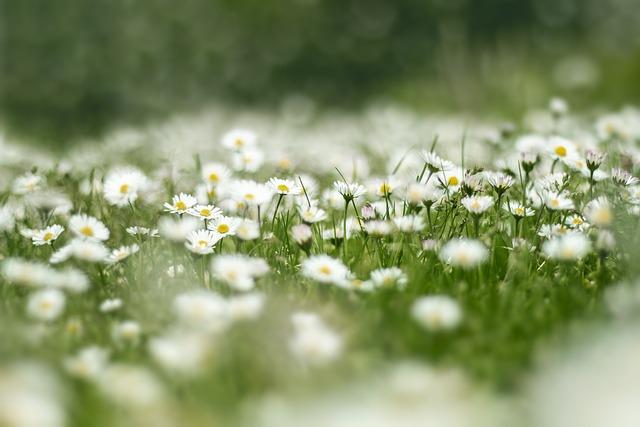- Introduction to Daisy (Bellis perennis)
- Characteristics of the Common Daisy
- Cultivation and Care of Daisies
- Symbolism and Cultural Significance
- Medicinal Uses of the Daisy
- Conclusion
- FAQs
- References
Introduction to Daisy (Bellis perennis)
The daisy, or Bellis perennis, is one of the most well-known flowers worldwide. Also called the common daisy or English daisy, this charming bloom is native to Europe but has made its way into hearts and gardens all over the world. In this article, we'll explore its unique characteristics, how you can cultivate and care for them in your garden, the symbolism behind this beloved flower, and even its historical medicinal uses.
We'll delve into each area in detail:
- The unique features and characteristics that define the daisy.
- How to grow and care for daisies to ensure they thrive in any garden.
- The rich cultural history and symbolism associated with daisies, from friendship to innocence.
- Exploring how daisies have been used in natural medicine through the centuries.
Characteristics of the Common Daisy
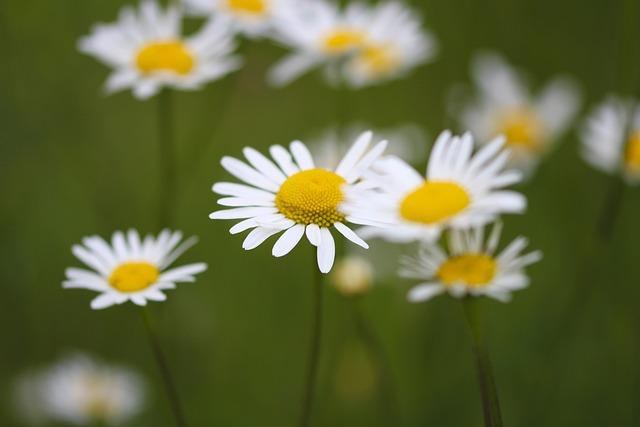
(Image: Pixabay/@Dieter444)
Daisies are resilient perennials, with some species being annual. The scientific name, Bellis perennis, highlights its ever-present nature, "perennis," which means "everlasting." Their most striking feature is their dainty, white petals surrounding a bright yellow central disc. However, the flower comes in multiple colors depending on subspecies, including pinks and reds.
Measuring just a few centimeters tall, they are often found growing in grassy lawns, fields, meadows, and anywhere with moist soil and ample sunshine. Each flower blooms during the day and closes at night, showcasing photoperiodism – responding to light changes.
The leaves of the daisy are small, spoon-shaped, forming a rosette at its base, while the stems remain unbranched. A single daisy can produce multiple flower heads on individual stems, enhancing the flower’s reach and pollinator attraction.
Another important characteristic of the daisy is its ability to regenerate and proliferate quickly. This can sometimes make it seem invasive in gardens or overtake areas where it naturally grows. Still, for wildflower lovers, this self-sustaining quality is welcome.
Cultivation and Care of Daisies
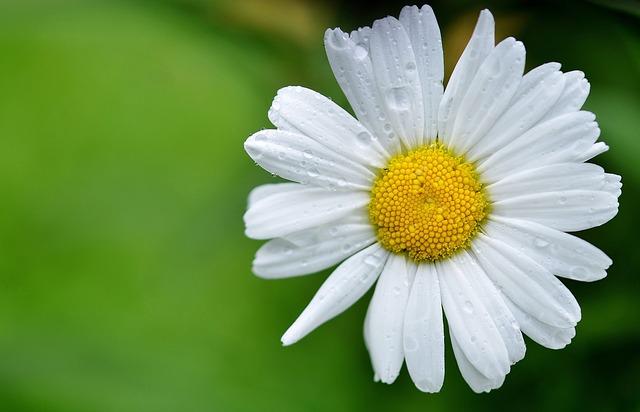
(Image: Pixabay/@GLady)
Cultivating daisies is relatively simple, thanks to their hardy nature. They prefer cool climates but can adapt to a range of environments. Here’s how you can ensure the best growth for daisies in your garden:
Planting Tips: The best time to plant daisy seeds is during early spring. Ensure the soil is well-draining, as their roots can rot in overly saturated ground. You might want to supplement the soil with compost, especially if it is nutrient-poor or sandy.
Light Requirements: Daisies adore sunlight. They thrive in full sun but can tolerate partial shade well. Aim to plant daisies in areas that receive at least six hours of sunlight each day.
Watering: While daisies are generally drought-tolerant once established, provide regular watering during dry spells. However, it's essential not to overwater, as tempting as that might be, because too much moisture can lead to root rot.
Maintenance: Deadheading, or removing spent blooms, will encourage more robust and extended blooming periods. Additionally, every two to three years, consider dividing your daisy plants. This practice ensures they don’t become overcrowded and helps in the rejuvenation of the plant.
Symbolism and Cultural Significance
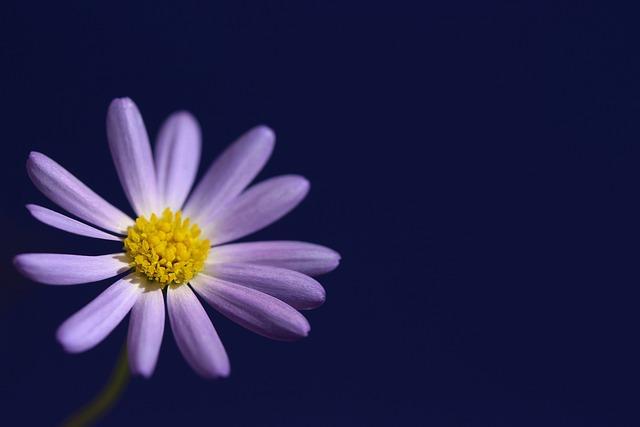
(Image: Pixabay/@Chesna)
The daisy has carried symbolic meanings across various cultures throughout history. Its pristine appearance has often aligned it with themes of innocence, purity, and new beginnings. Perhaps the most recognizable symbolism comes from the Victorian era, when flower language (floriography) was popularized, and daisies were often exchanged to signify genuine feelings of loyalty, trust, and true love.
In Celtic mythology, daisies were thought to be the spirits of infants who had passed away, representing purity and the joy their brief lives brought. Similarly, in Norse mythology, they were sacred to the goddess Freya, symbolizing fertility and motherhood.
In contemporary settings, daisies continue to symbolize positive energies. Whether tattooed on skin or displayed in floral arrangements, they frequently represent optimism and cheerfulness. Moreover, due to their hardiness and ability to bounce back in challenging conditions, they can signify resilience and endurance.
The phrase "fresh as a daisy" originates from its bloom-opening behavior in the morning, aligning the flower with refreshment and renewal.
Medicinal Uses of the Daisy
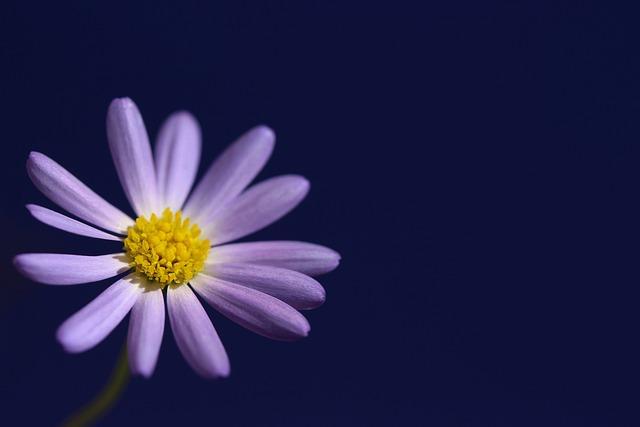
(Image: Pixabay/@Chesna)
Daisies are not just aesthetically pleasing but have long been admired for their medicinal properties. Historically, daisy infusions were used to treat everything from bruises to digestive problems. One of its lesser-known names, “bruisewort”, stems from its traditional use to ease bruising and other minor injuries.
Wound Healing: Daisy leaves and flowers contain compounds like saponins and essential oils that help alleviate skin issues. Traditionally, daisies were used as poultices for cuts and bruises, promoting faster healing.
A Digestive Aid: Infusions made from daisy plants were often used as mild remedies for stomachaches, particularly in medieval European medicine. Some people still use diluted teas today to alleviate indigestion.
Anti-inflammatory and Pain Relieving: Some research supports the anti-inflammatory attributes of daisies, which can help with joint pain or swelling. The topical application derived from crushed daisy parts can reduce discomfort from minor aches.
While medicinal uses of daisy were more common in folk medicine, it's always advisable to consult with a healthcare provider before using herbal remedies from natural plants, including daisies.
Conclusion
Whether in medicinal applications, garden aesthetics, or symbolic meaning, the humble daisy is more than just an everyday wildflower. As we've explored, these beautiful blooms hold deep cultural significance, boast fascinating physical characteristics, and require fairly minimal care when added to a garden. Their traditional medicinal uses highlight how multifaceted and versatile this pretty perennial can be. So the next time you encounter a field of daisies, take a moment to appreciate their capability beyond mere decoration—a symbol of new beginnings, resilience, and healing.
FAQs
Can daisies survive in pots?
Yes, daisies can grow in pots as long as they have well-draining soil and receive plenty of sunlight. Ensure the pot has drainage holes, and don't forget to water them regularly.
Are daisies safe for pets?
Though considered mildly toxic to pets if consumed in large quantities, daisies usually don't cause severe reactions. However, it's safest to keep pets from nibbling on them extensively.
When do daisies typically bloom?
Daisies tend to bloom from early spring to late summer, though they may continue blooming intermittently even in fall. Regular deadheading helps extend their bloom period.
Do daisies spread easily?
Yes, daisies can spread through self-seeding and rhizomes. They can become invasive in some regions but can also serve as excellent ground cover. Be prepared to manage their growth if you don’t want them to dominate the space.

